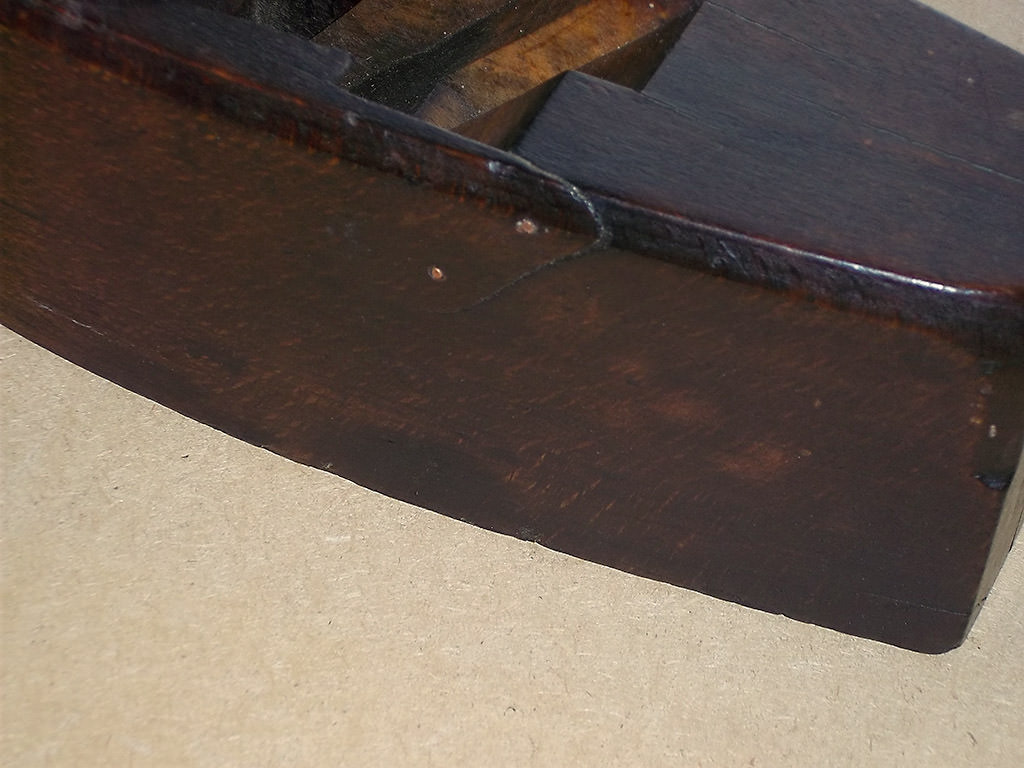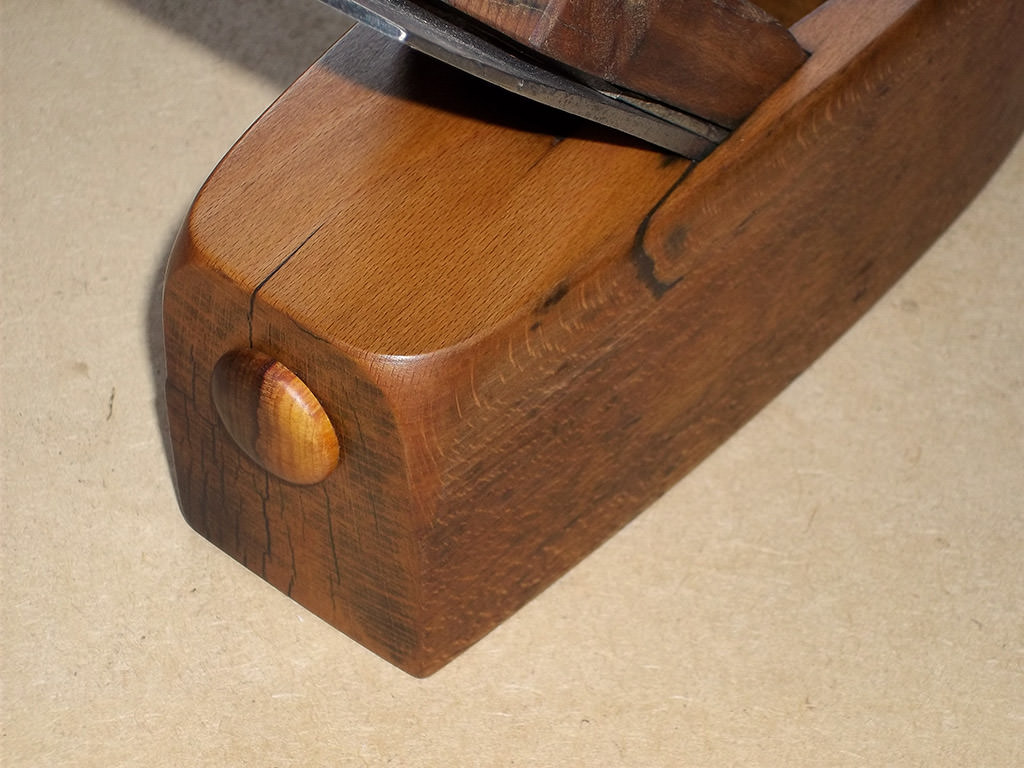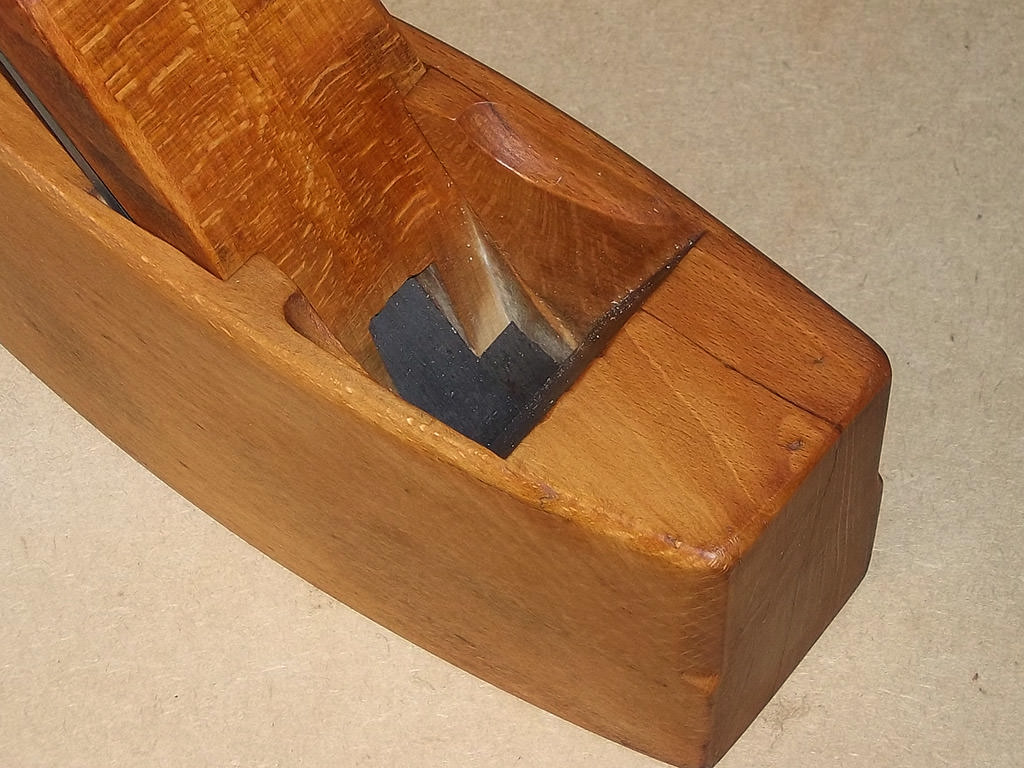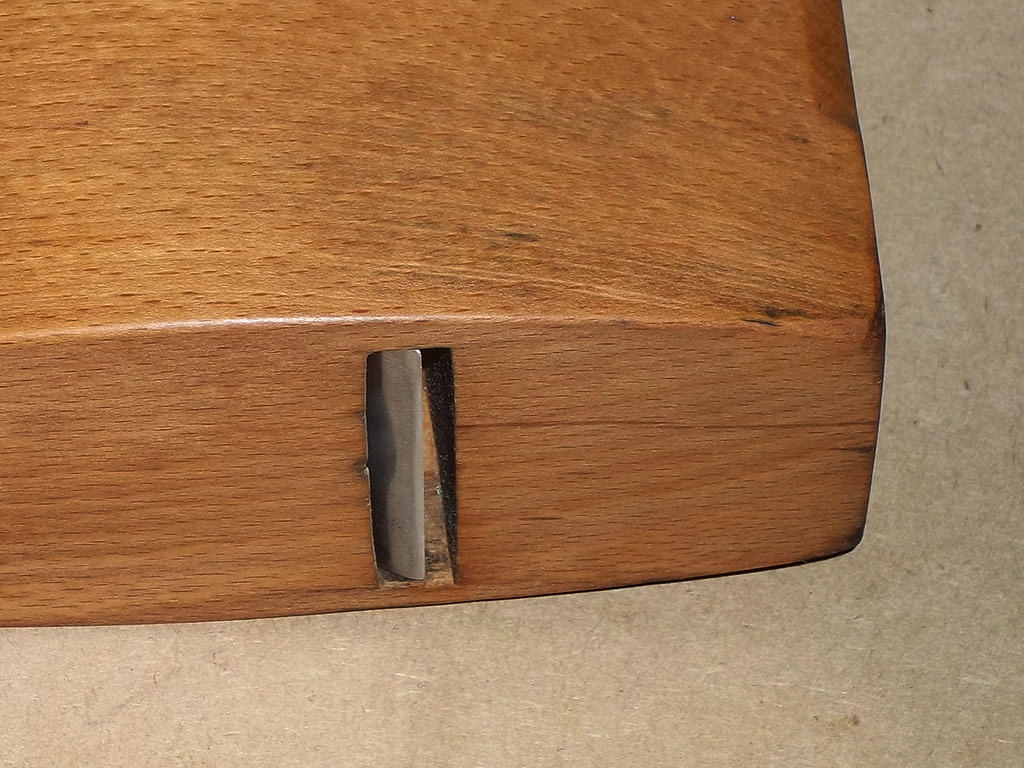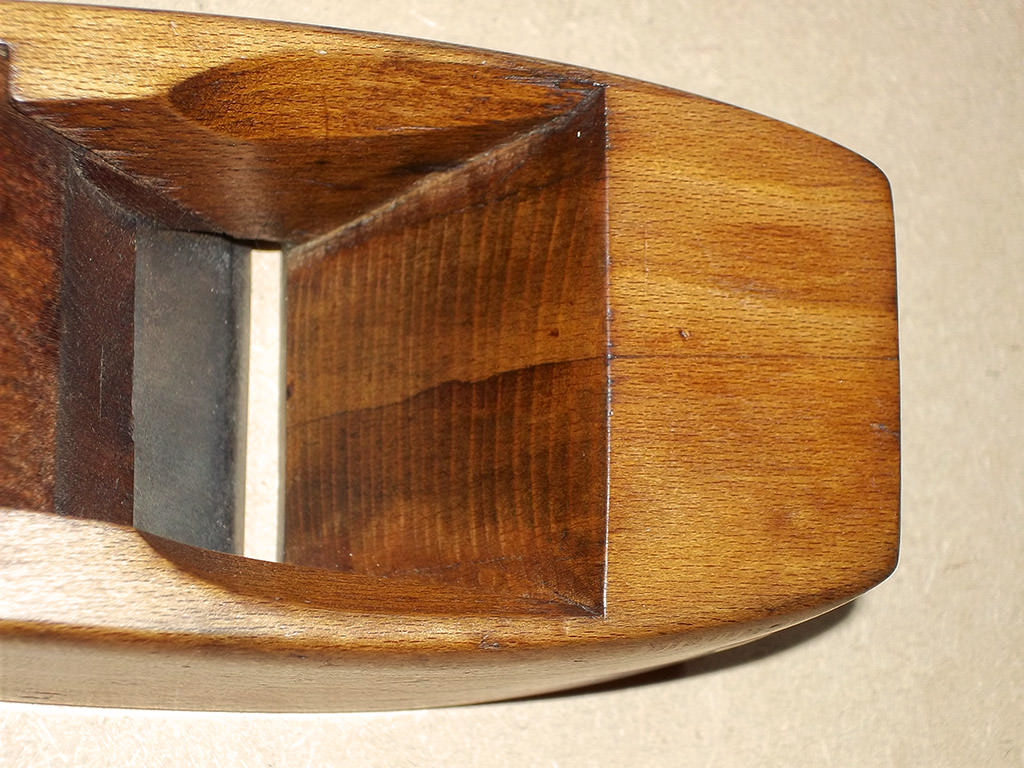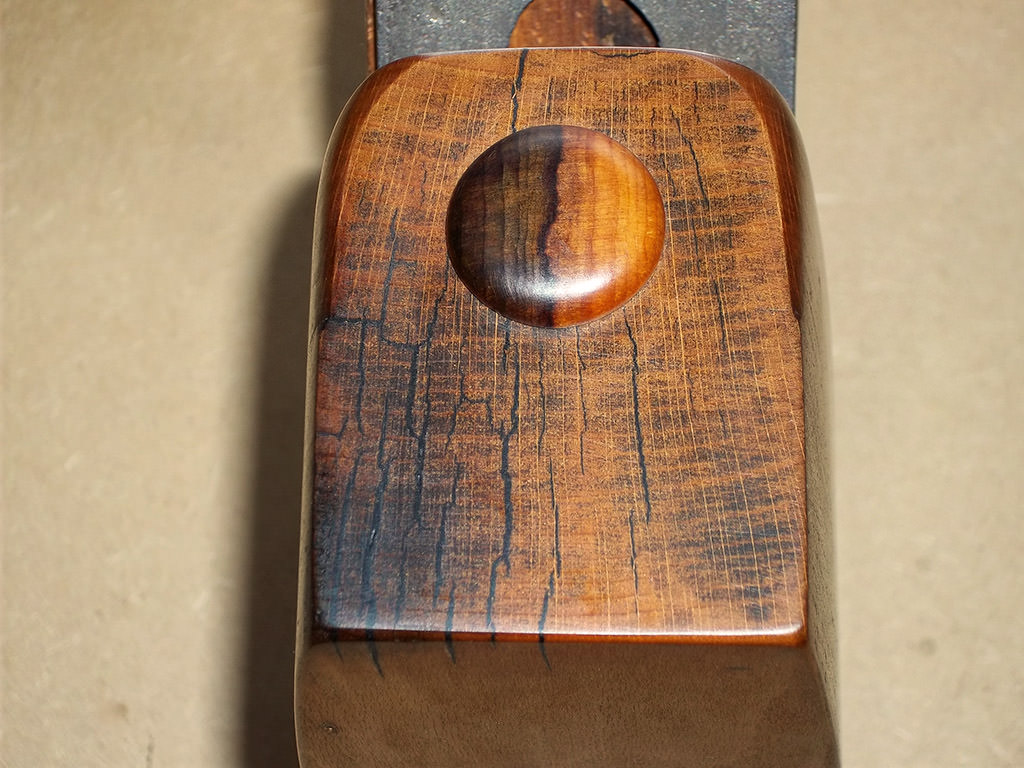Hiya,
I was in Dewsbury, yorkshire this weekend and went to the local boot sale - inspired by the finds the forum members here had.
I found an old sorby wooden plane (£2) - i was particularly interested in the steel, which is in good condition (and it's tapered...which I didn't know they did). The body of the plane has seen better days.
I'm thinking of refurbing by rubbing it down with wire wool and giving it a coat of wax, after filling the cracks/dents with epoxy - never done this before, what do you guys think?
(Plus, a no-name chisel to practice sharpening. It's a non bevelled chisel. Not sure if that is a mark of cheapness or somthing else...)








Sent from my Nexus 5X using Tapatalk
I was in Dewsbury, yorkshire this weekend and went to the local boot sale - inspired by the finds the forum members here had.
I found an old sorby wooden plane (£2) - i was particularly interested in the steel, which is in good condition (and it's tapered...which I didn't know they did). The body of the plane has seen better days.
I'm thinking of refurbing by rubbing it down with wire wool and giving it a coat of wax, after filling the cracks/dents with epoxy - never done this before, what do you guys think?
(Plus, a no-name chisel to practice sharpening. It's a non bevelled chisel. Not sure if that is a mark of cheapness or somthing else...)








Sent from my Nexus 5X using Tapatalk



































